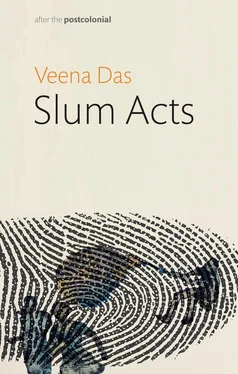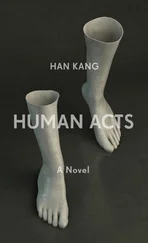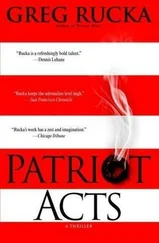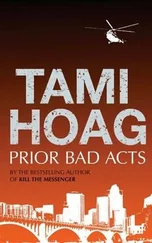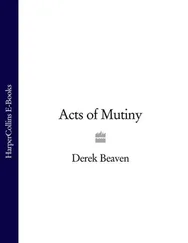I will not rehearse here the many contradictions that Asad systematically demonstrates in just war theory or the subtle changes that creep into this theory when compared with its theological origins pertaining to ideas of fairness and justice in war. What I want to suggest is that there was a ready-made theoretical apparatus available in the distinction between civilized violence of state-initiated wars and barbaric violence attributed to others, whether colonial subjects or Islamic fighters, who were seen as outside this apparatus that supposedly used violence as bounded by rationality and ethics. This opposition helps decipher how one might explain the most horrific acts of destruction on the part of Western countries to have been considered just, because they were driven by a principle – the principle of proportionate harm. This is how an equation was made between the Japanese who died as a result of the bombing of Hiroshima and Nagasaki and the number of Allied deaths during World War II through the techniques of warfare used by both parties to the war. The hollowness of these principles is stunning, but the fact that those responsible for the dropping of the atom bomb could escape any charges of war crimes is partly because the victor sets the rules for what will be counted against what. As Kennedy (2006) so aptly puts it:
Putting ourselves back in the legitimate position of Truman’s wartime decision making, we ask: how many allied soldiers were saved by the bomb? Not Japanese civilians or soldiers but Allied soldiers against Japanese bomb deaths. Estimates differ. In June 1945, the Joint Chiefs estimated 40,000. In 1945 Truman said he had estimated 250,000. In his memoirs, written ten years after the fact, Truman used the figure 500,000. Churchill, in 1953, estimated a million Americans and 500,000 British troops. In 1991, President Bush claimed the use of atomic bombs had “spared millions of American lives.” (p. 146)
If the principle of proportionality was used to explain the “justness” of the dropping of atomic bombs on Hiroshima and Nagasaki, the discourse on the war on terrorism does not compare in numbers. For instance, justifications offered for war on cities (that includes bombing areas where civilians reside, including hospitals and schools), as by Israel, are not based on comparison of numbers but on the irrationality of the techniques used by terrorists. The claim in such cases is that it is not a question of how many died in a terror attack, but of terror spread in whole populations, but completely ignoring the terror of bombs raining down from the sky. This discourse on the violence of non-state actors then reinstitutes the dividing line between civilized, rational violence and barbaric, indiscriminate violence. So firmly is the idea that the civilizing processes in Europe under modernity led to constraints on indiscriminate violence engrained in theories of war, that even those who question the “explanations” of why civil wars are more brutal than wars waged by states, do not ask if the question itself is correctly posed. Thus, for instance, Kalyvas (2006), in his comprehensive study on the logic of violence in civil war, starts his chapter on barbarism with the statement: “Despite a quasi-universal recognition of an association between civil war and atrocity, there is surprising[ly] little in the way of specified links between the two” (p. 52). He recognizes the absurdity of the presumption that killing with machetes is less civilized than killing with bullets or bombs, yet somehow continues to support the notion that European countries were more successful in making a sharp division between combatants and civilians, the widespread use of torture and rape to “pacify” populations in colonial wars notwithstanding. Nor does he question whether the role played by European countries in developing technologies of torture, such as France’s contribution to so-called “clean torture” with electricity, did not indicate pathologies of civilization. 2
I argue that the emergence of discussions as to whether an extreme emergency created by international terrorism justifies use of torture in public discussions not only elides the violence perpetrated by Western democracies in their colonial and neocolonial projects, but is also heavily dependent on the use of counterfactuals, scenario building, thought experiments, analogies, and narrative tropes that end up dressing a subjunctive, as-if model or scenario such as the ticking bomb scenario, into the language of actuality. It is not that the empirical is totally lacking in these discussions, but the large data sets gathered on types of conflict, their intensity or duration, reflect essentially statist interests through which such practices as torture can be defended as regrettable, but necessary. Further, modes of surveillance can be extended to cover those segments of the population defined as “vulnerable” to propaganda emerging from extremist projects, and hence potentially dangerous for the security of the nation state. For instance, the discourse of preventing young Muslims from “becoming radicalized” is an important component on policy making in many countries including the UK, but interestingly excludes those who might be radicalized by racist ideologies of white supremacy, and extreme emergencies focus on foreign terrorists but do not include such violence as repeated instances of gun violence against schoolchildren in the US. 3
This book confronts these boundary-making discourses between state and non-state actors, rational violence of the state as opposed to the irrational violence of non-state actors (including terrorists) at several levels. First, it tries to dismantle the assumed ground-figure relation that takes for granted that sites for observing the apparatus of state are naturally courts of law, police stations, police patrols, or offices of bureaucrats. Strategies of research based on this ground-figure relation settle on spatial imageries that conceptualize power through location rather than circulation, rendering matters of scale in terms of containment of smaller units into larger ones.
I propose, instead, to think of scale through a dynamic relation between parts and wholes – each might be reconstituted standing in a dynamic relation to each other. After all, we know that from some perspectives a part can be larger than the whole because in taking its place among other parts, any one part is likely to lose some of its distinctive attributes that were manifested when it stood alone. Thus, when I track the manner in which the police posts function in the slums of Delhi or Mumbai, certain aspects of the mechanisms of governance are revealed that are not apparent in such sites as a court of law where a judge is rearranging the facts, in the process of a criminal hearing as lawyers and witnesses are made to recount events in an adversarial setting. In fact, neither objects implicated in a crime, nor subjects remain stable as they move from one place to another, say from a neighborhood in which a fight occurred to the police station or a court of law: nor is the order of recounting an event in everyday life in the slums of the same order as recounting the same event in a court under the pressure of legal definitions of relevance, direct witnessing, hearsay, and cross-examination. 4In other words, the story of a crime and of policing that one elicits through ongoing participation in the life of a slum might remain in the confines of this local milieu or it might move along different networks that draw upon NGOs, politicians, policemen, and become grafted onto other events, ending up in a court of law. However, we cannot simply add up the different components of these stories as if these were pieces of a jigsaw puzzle that will “naturally” fit into a pattern. Instead, we might think of a fragment as it breaks from one context and attaches itself to another one in ways that its earlier location might be made to disappear or the fragment might disturb the harmony of its new location (see Das 2007, 2020).
Читать дальше
